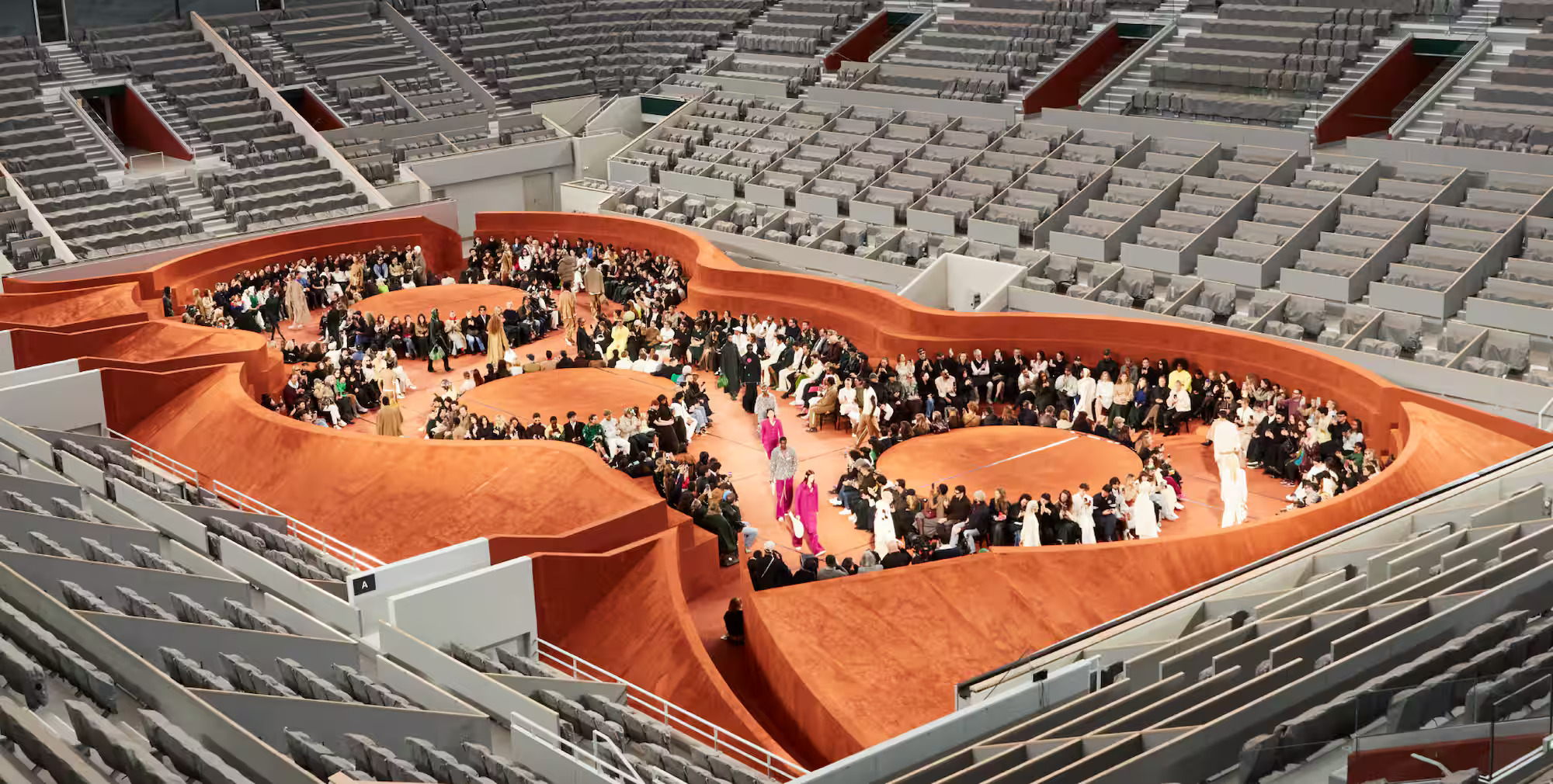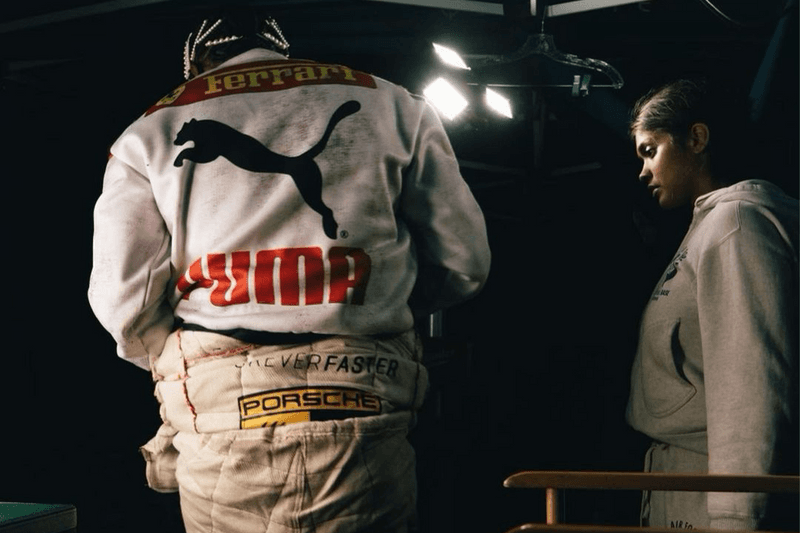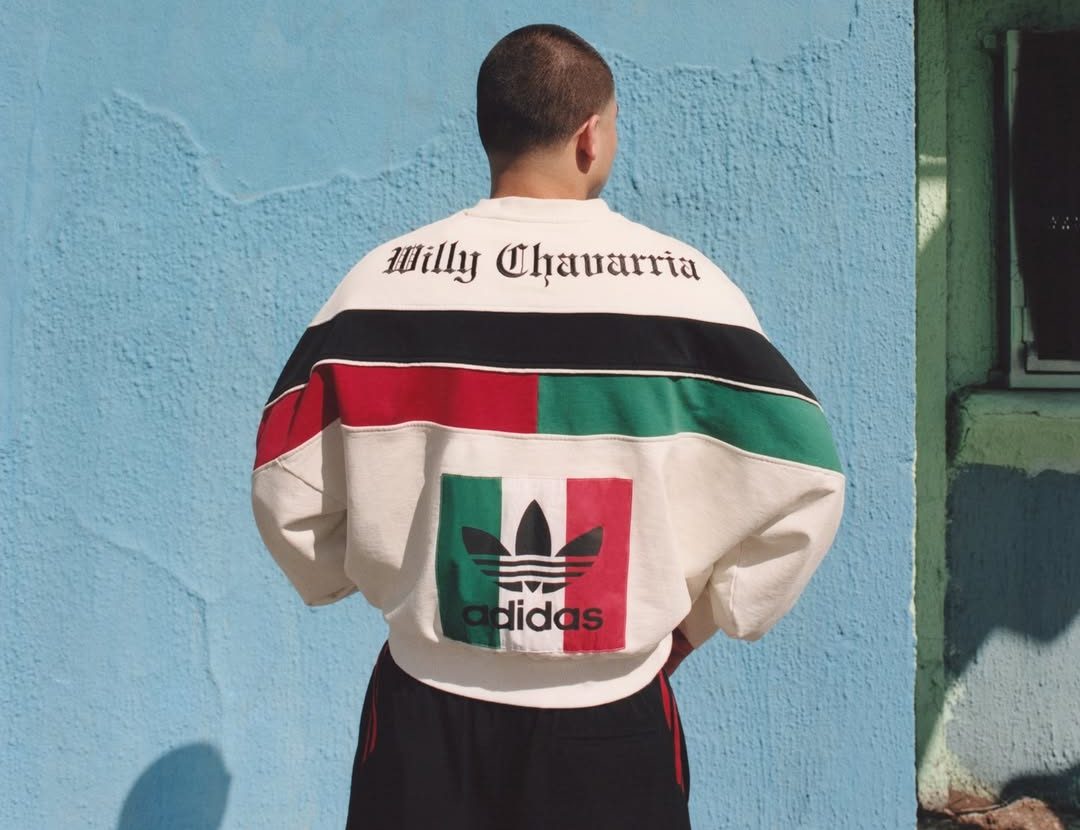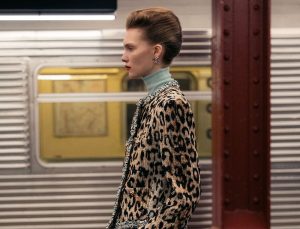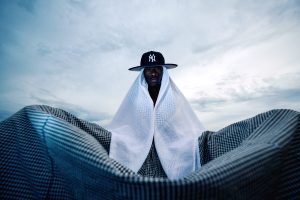At Roland-Garros, fashion is no longer just a matter of rackets and rallies. On the court and in the stands, style scores with a winning backhand. As tennis sheds its elitist image, the Parisian tournament is emerging as a fashion stage.
Long seen as a stronghold of bourgeois classicism, major tennis events are gradually transforming into aesthetic laboratories. As younger generations remix the polo shirt and pleated skirt, the Parisian tournament has come to represent more than just a sporting event, it has become coveted territory for top fashion houses. In both the walkways and on center court, the silhouettes of both players and spectators are being redefined with each edition, mirroring an era where sport inspires the runway, and the runway inspires sport.
An elegance born in the seaside resorts of the 20th century
Before becoming a global spectacle broadcast on television, tennis was first a pastime reserved for the aristocracy. Until the early 20th century, it was played in seaside towns, luxury hotels, and sporting clubs, where decorum dictated dress codes: long trousers, stiff-collared shirts, full-length skirts, and corsets were the norm.
It wasn’t until the 1920s that tennis entered the modern era. In France, one iconic player would revolutionize the dress code: Suzanne Lenglen. Dressed by couturier Jean Patou, she introduced short, pleated skirts, soft cardigans, and headbands. She embodied a new kind of athletic femininity, free, confident, and bold paving the way for the sartorial emancipation of female athletes.
On the men’s side, legendary Musketeer René Lacoste revolutionized the uniform with the invention of his iconic piqué cotton polo, lighter, more practical, and adorned with a small crocodile that would go on to become a symbol.
Women players are pushing the boundaries
More than their male counterparts, women tennis players have turned the court into a space for self-expression. Leading the charge is Serena Williams. Throughout her career, her style has consistently challenged conventions. In 2002, she appeared in a black faux leather catsuit. In 2004, she electrified the stands with a neon backless dress. In 2018, she returned to the court after giving birth in a form-fitting black catsuit, designed for medical reasons yet later banned by the French Tennis Federation.
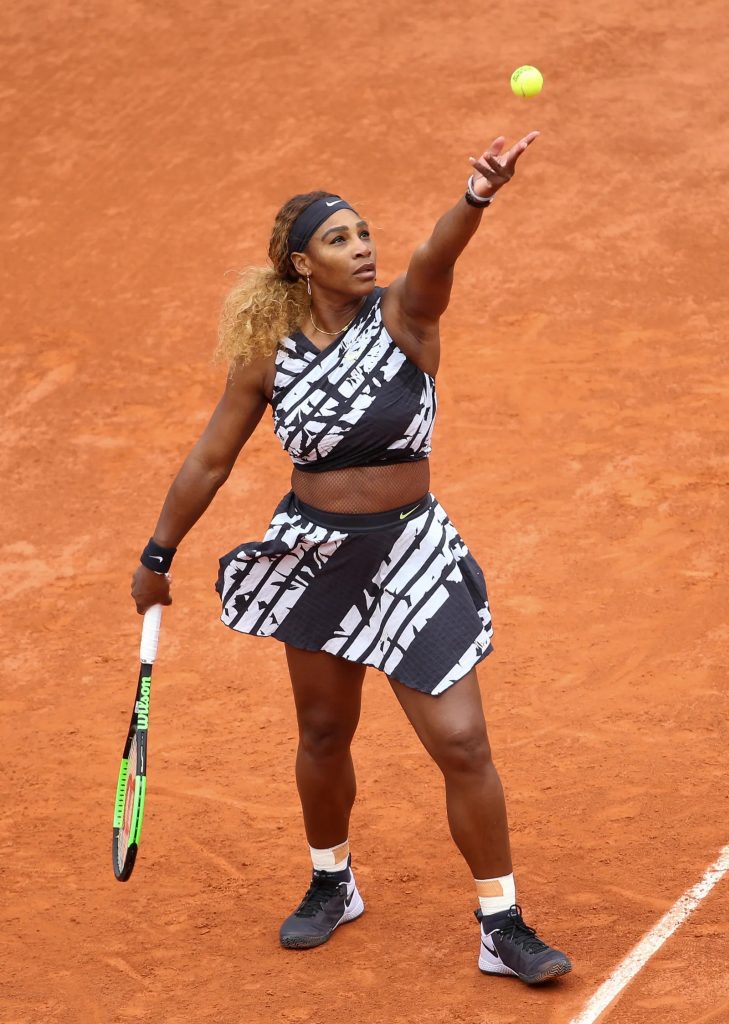
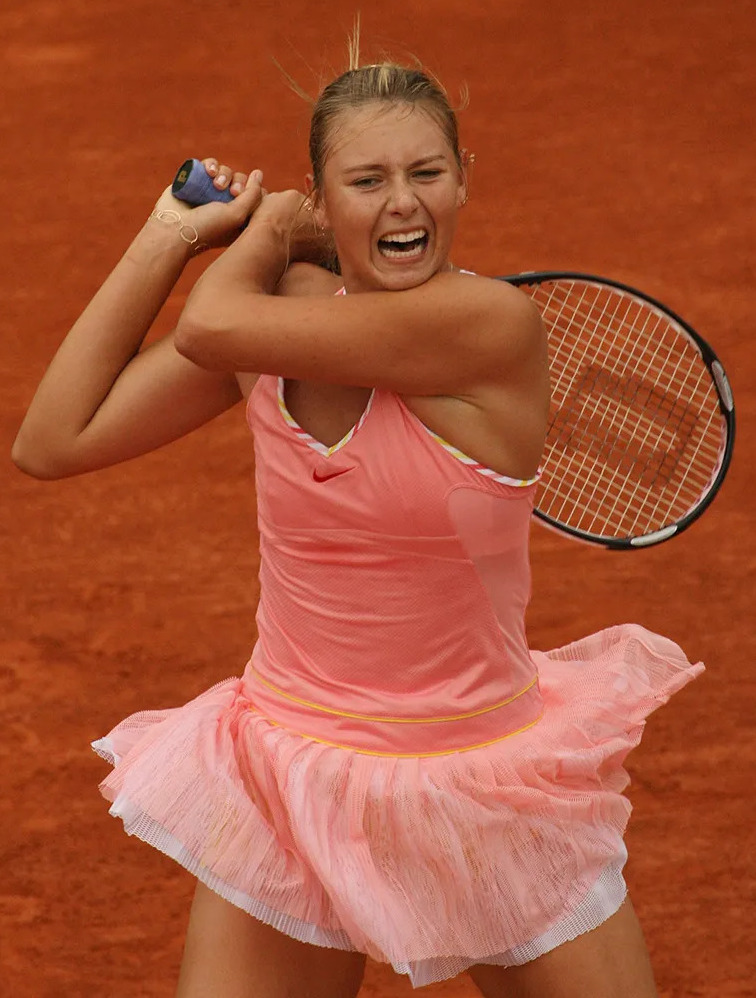
Her response the following year was nothing short of a manifesto: a Nike x Off-White outfit emblazoned with the words Mother, Champion, and Queen. Her style speaks of performance, empowerment, and bold self-assertion. Her most iconic rival, Maria Sharapova, made her mark through meticulous elegance, tulle, reimagined Breton stripes, draped dresses… She embodied a more classic refinement, but one that was equally deliberate and impactful.

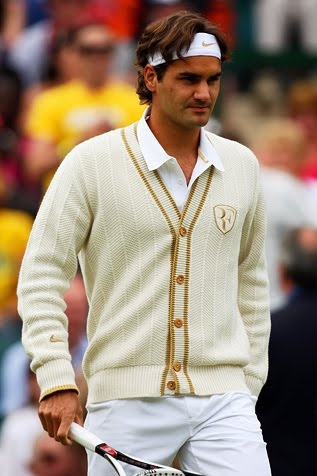
Among men, bold fashion choices are more restrained. Roger Federer, a symbol of grace both in play and in style, relies on refined understatement. Andy Roddick brings a laid-back, cool attitude that contrasts with Novak Djokovic’s more formal appearance or the vintage aura of Fred Perry.
Roland-Garros: A fashion-forward playground
As tennis continues to write new stories, Roland-Garros is becoming a strategic stage for fashion brands. Lacoste has fully embraced this shift. Last March, the iconic crocodile label turned the Suzanne-Lenglen court into a runway for its Fall-Winter 2025 show.
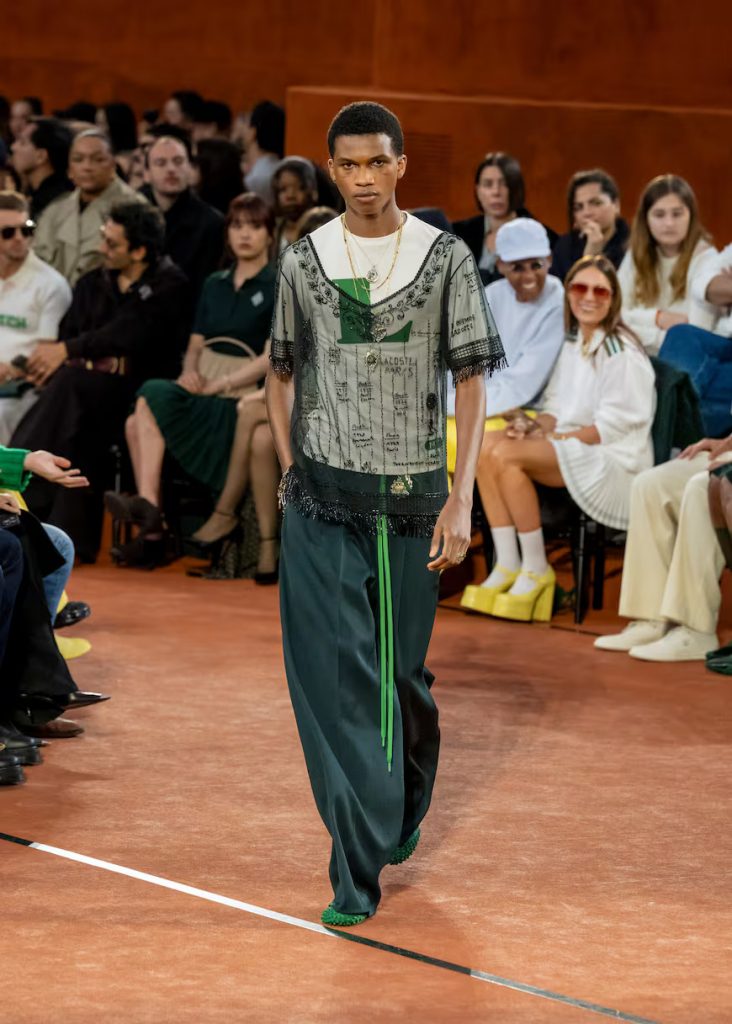
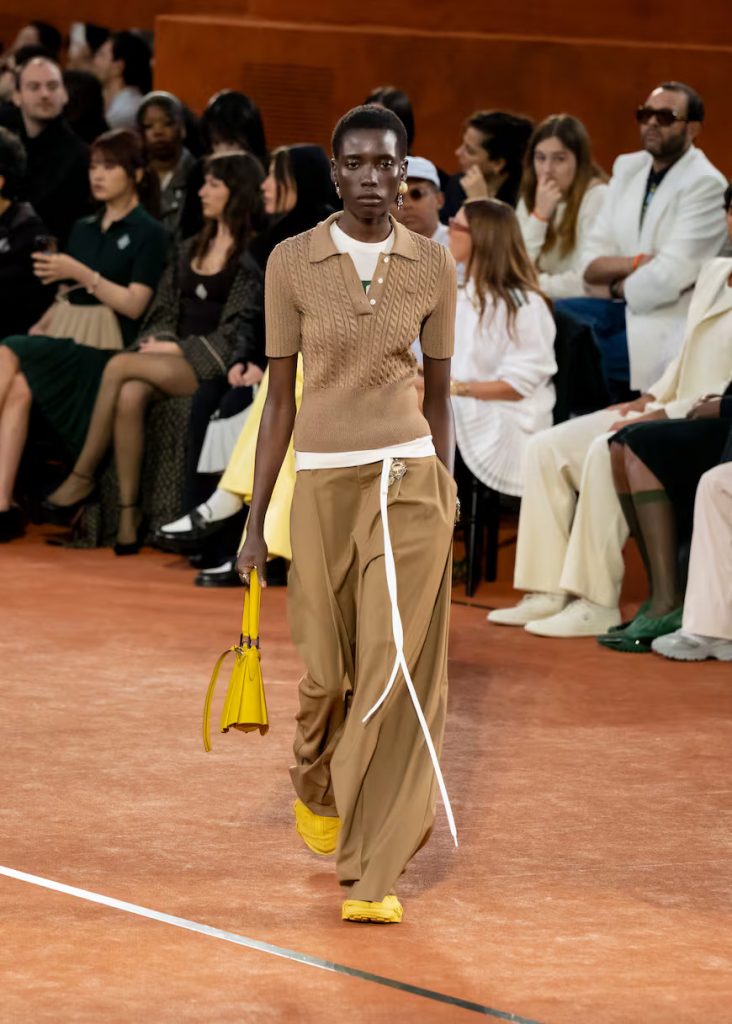
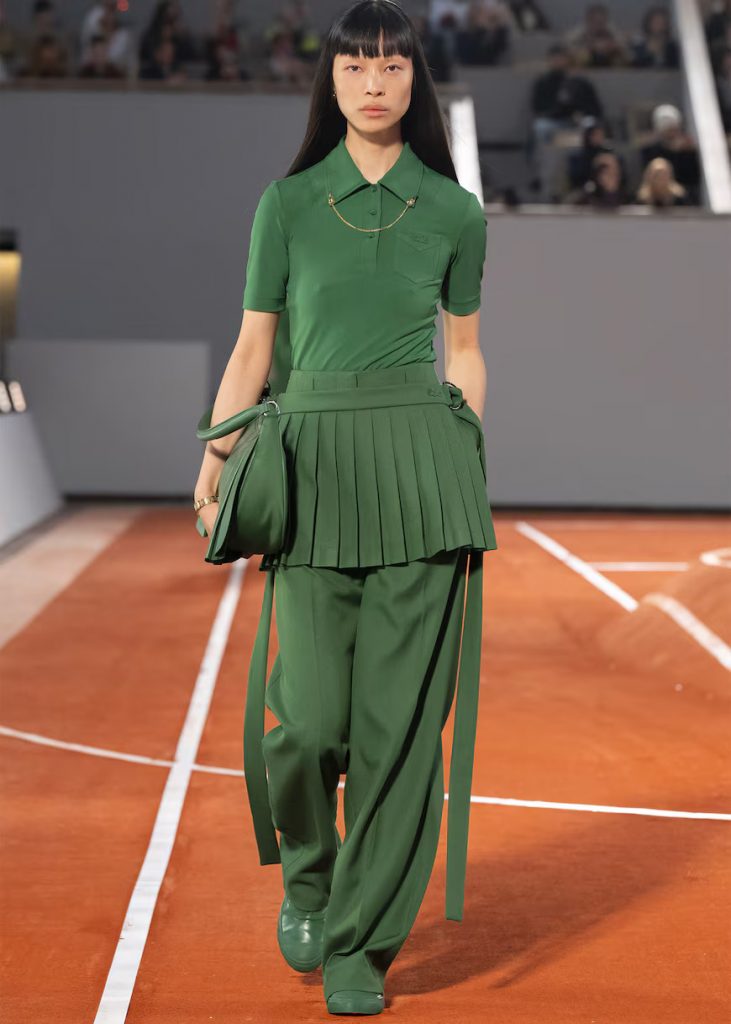
Guests, seated directly on the court, discovered pleated skirt-shaped bags and silhouettes in muted tones punctuated with fuchsia and bottle green. At the helm: Pelagia Kolotouros, creative director with a background in American sportswear (notably The North Face), who blurred gender lines by sending men down the runway in skirt-trousers.
Tennis-core: Last summer’s standout trend
The tennis-core trend emerged as one of last summer’s biggest fashion waves, gaining fresh momentum with the release of Challengers by Luca Guadagnino, in which Zendaya plays a fierce champion on the court. Dressed by Loewe for the film’s promotion, she captivated audiences with a series of impeccably styled looks, including a pair of stiletto heels set with a tennis ball, designed by Jonathan Anderson.
More than just a Grand Slam tournament, Roland-Garros has become a stage for style, where sport and fashion engage in constant dialogue. Far from the rigid wardrobes of the past, center court now stands as a bridge between tradition and modernity, between elegance and boldness.
Article by Julie Boone.


